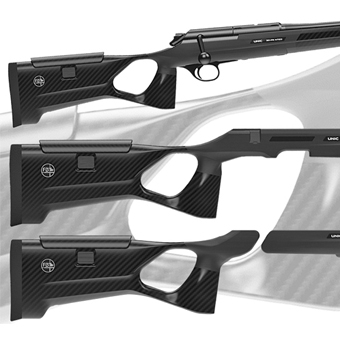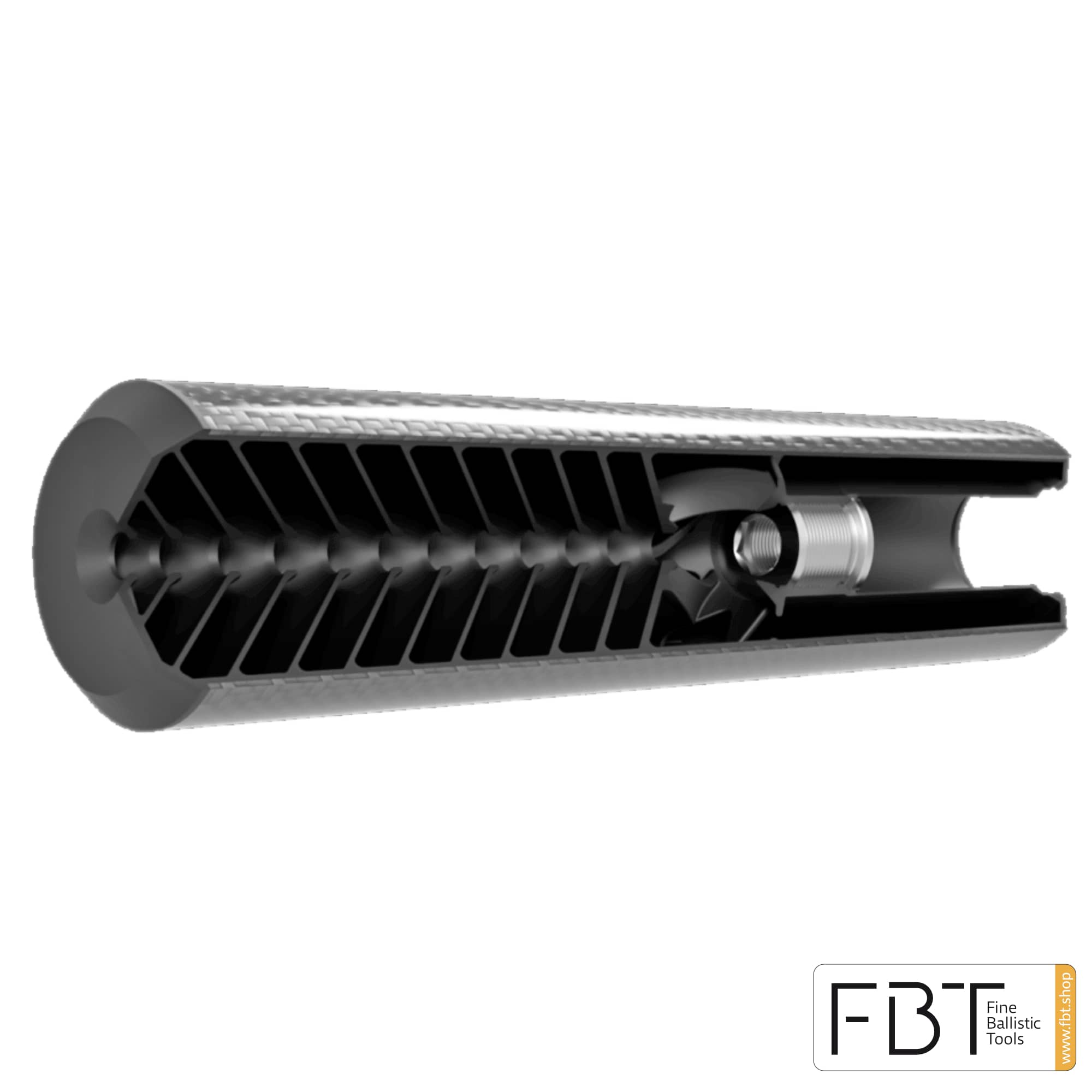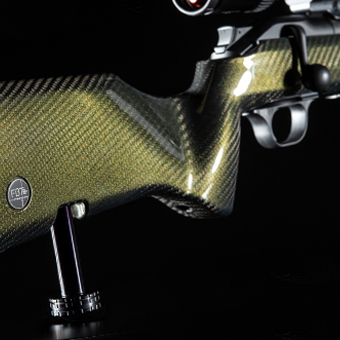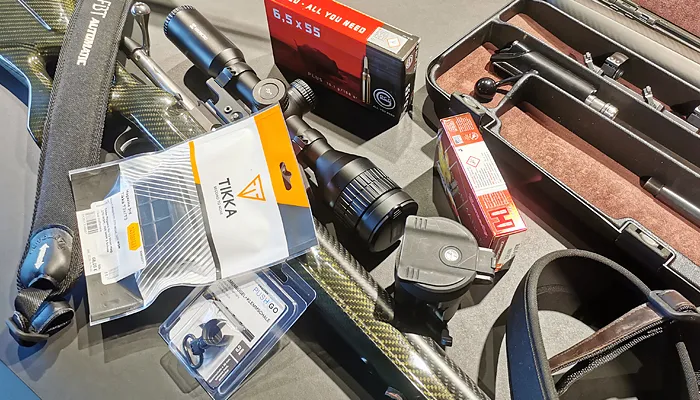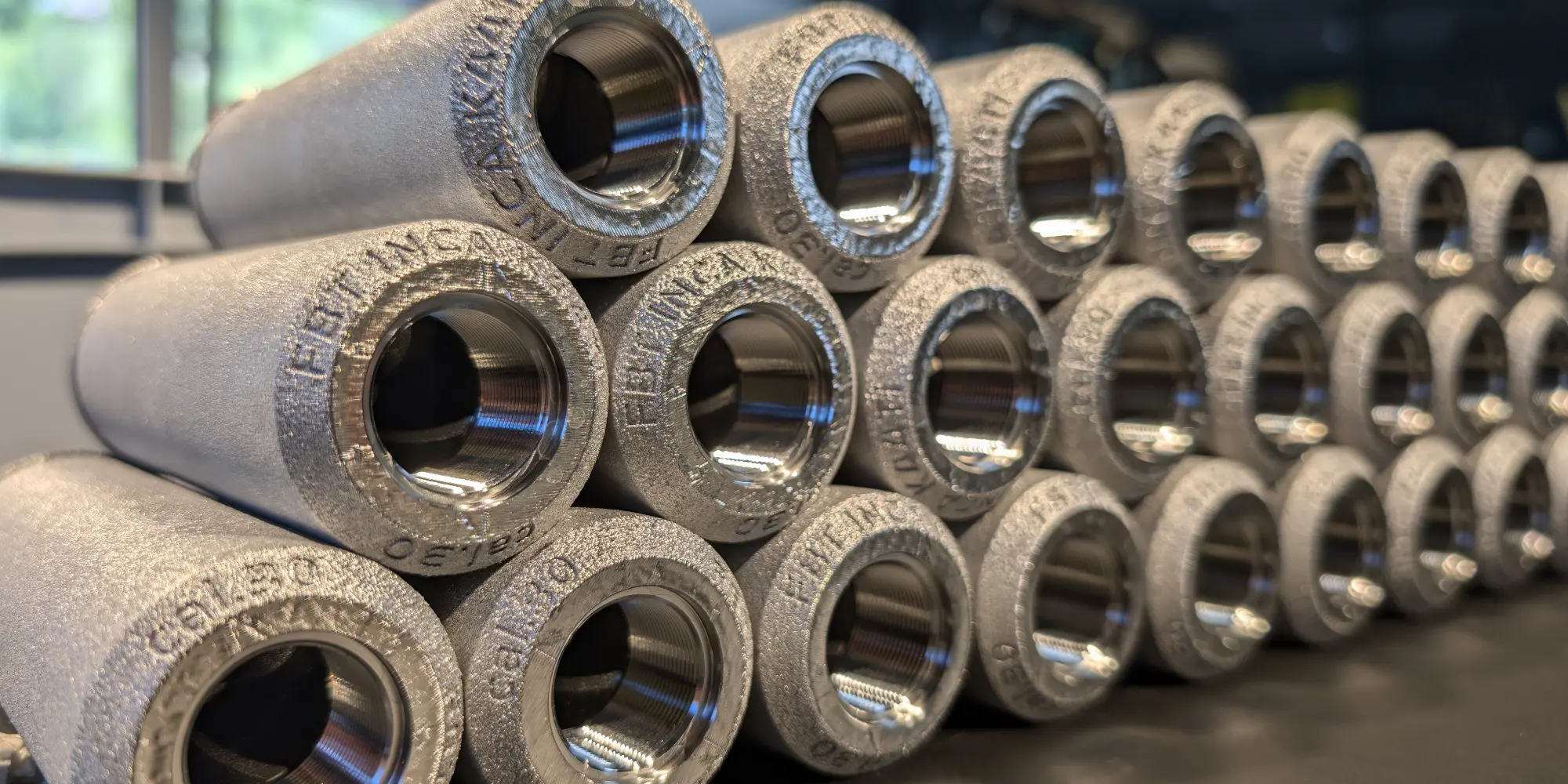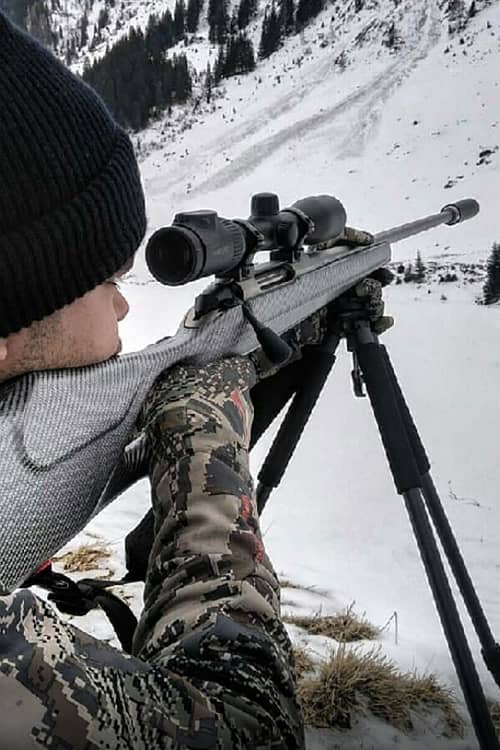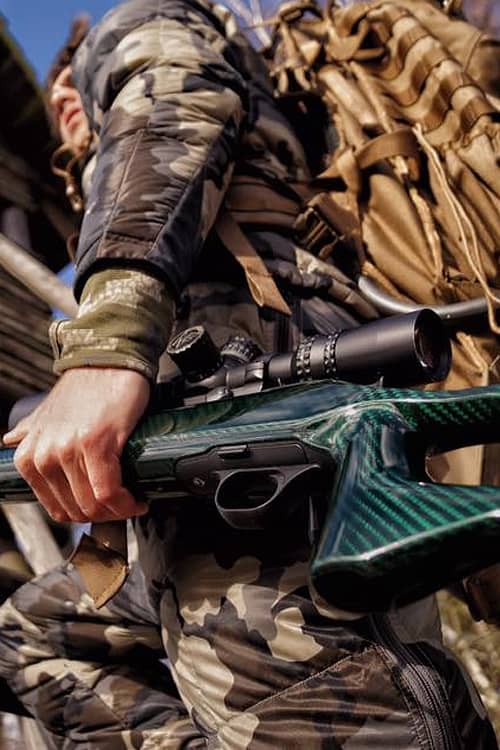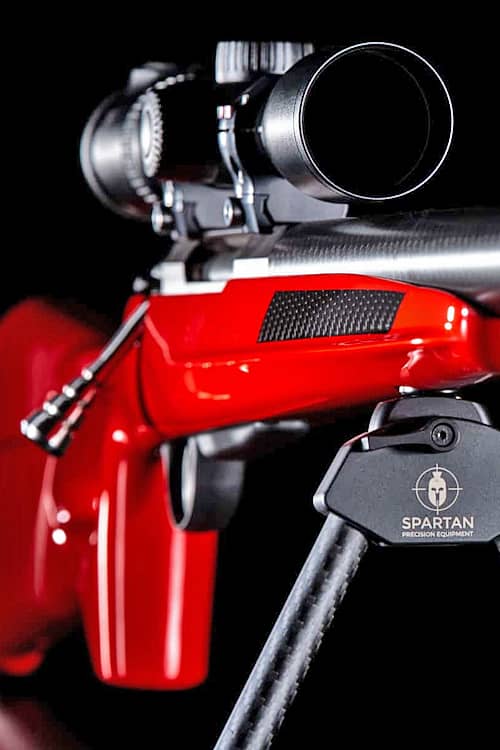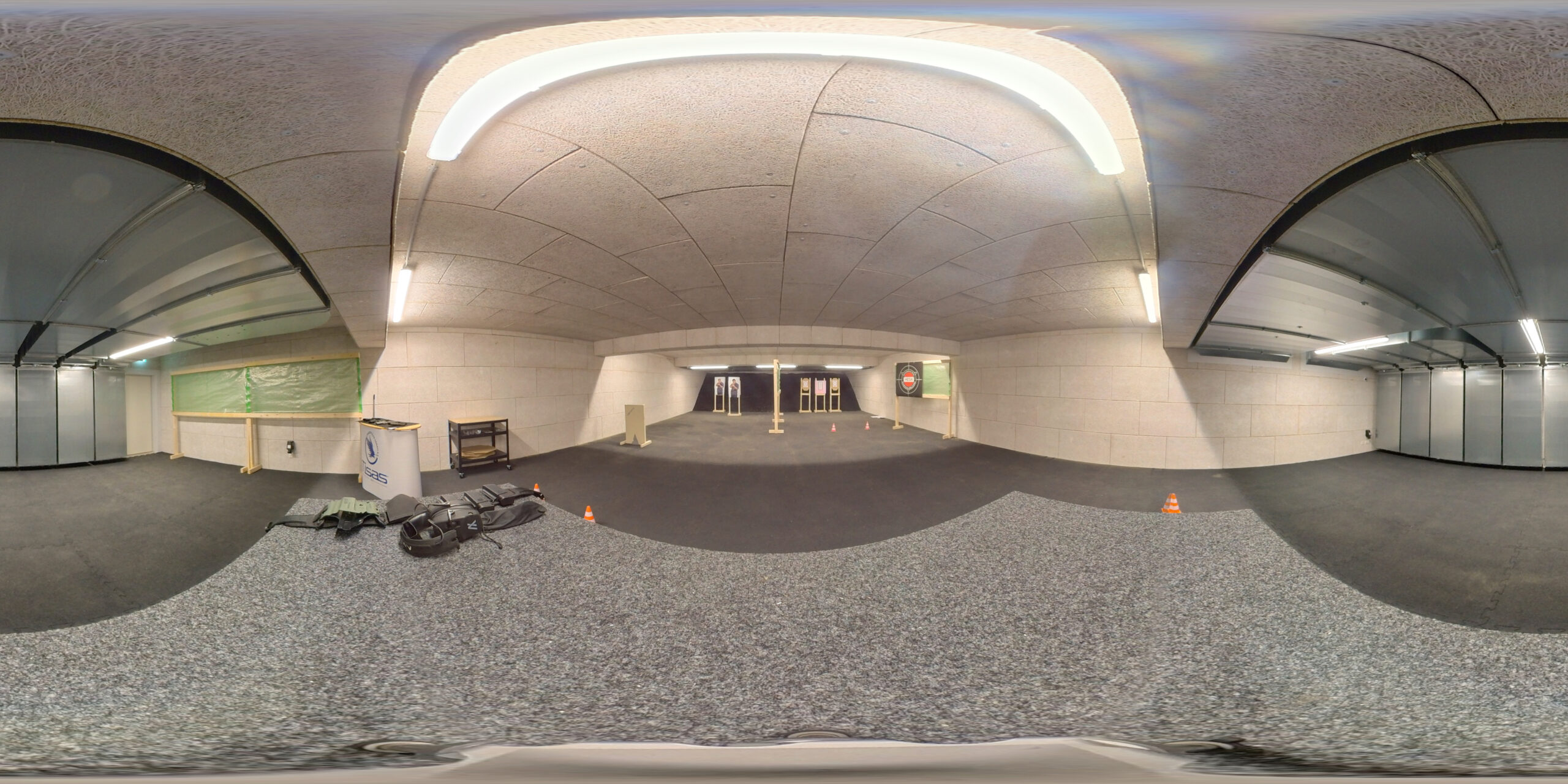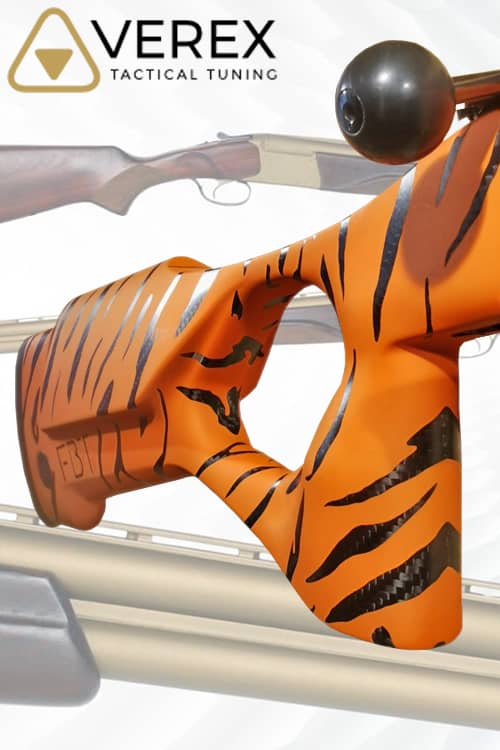Silencers for firearms: General care and tips for a long service life
Suppressoralso as suppressors are popular accessories for firearms. They reduce the sound level of a shot and minimise the muzzle flash effect, which not only increases the shooter's comfort, but also safety in some situations.
So that a silencer functions optimally and has a long service life the right care is essential. This article presents the basics of caring for silencers as well as practical tips.
Basics of the silencer
Silencers work by reducing the velocity and pressure of the hot gases produced when a gun is fired. This happens in Chambers that channel the gases into several smaller streams.
This design reduces the sound pressure level, which makes the shot quieter for the human ear. Depending on the material and construction, silencers can be made of stainless steel, aluminium, titanium or a combination of these metals.
The The different materials and construction methods have a direct impact on the care and maintenance of the silencer.
For example, stainless steel models are more robust, while aluminium is lighter but also more sensitive.
Why care is important
A silencer is heavily stressed by the residues such as powder residues, soot and moist gases produced during firing. Without regular cleaning, this can lead to corrosion, poor performance or even damage. In addition, dirt and deposits can impair noise reduction, which means that the silencer no longer fulfils its purpose.
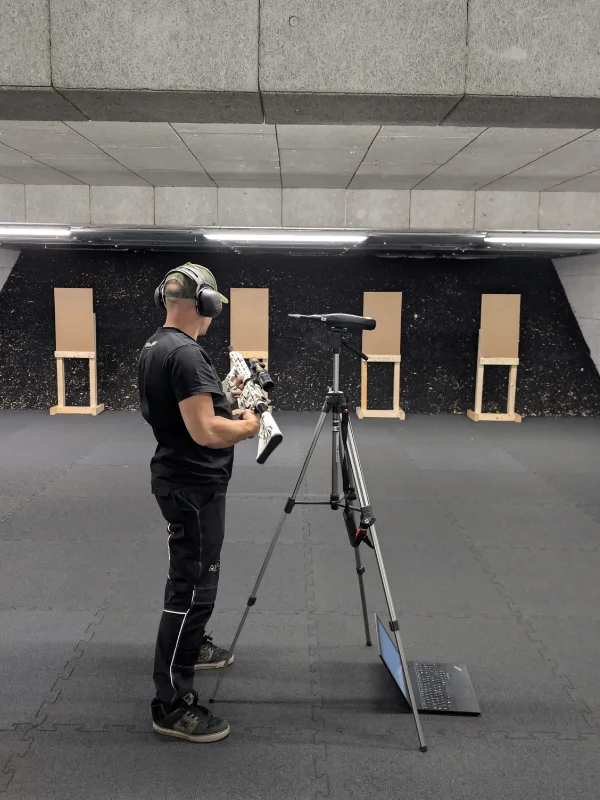
Regular care ensures that:
- the shooting precision is maintained,
- the damping performance remains optimal,
- damage and material wear are minimised,
- the service life of the silencer is extended.
Important | The advantages of our titanium silencers
- The following care and cleaning tips apply to conventionally manufactured silencers.
- The INCA silencers from FBT do not require any cleaning!
- We do not recommend using chemical cleaning agents or other cleaning fluids inside the INCA silencer.
- The INCA silencers must only be kept clean at the thread and the through-hole.
Silencer maintenance: step-by-step instructions
- Dismantling (if possible):
Many silencers can be dismantled, allowing them to be cleaned if necessary. Check the operating instructions to see whether your model is suitable for this. Disassemble the silencer into its individual parts, such as the housing and the inner chambers. - Removal of coarse dirt:
Use a brush or an air pressure cleaner to remove coarse residues. An old toothbrush can also be helpful to clean hard-to-reach areas. - Use cleaning solution:
Use special cleaning agents for weapons or silencers. These products dissolve stubborn residues without attacking the material. Alternatively, mild soap solutions or degreasers can be used if no specialised products are available. - Soak:
For particularly dirty silencers, soaking in a solvent bath can be useful. This makes it easier to remove burnt-on powder residues. Take care not to leave the material in the solvent for too long, especially with sensitive coatings. - Dry rubbing:
Dry all parts thoroughly before reassembling them. Moisture can lead to rust and corrosion, especially on models made of steel or uncoated metal. - Lubrication:
Some silencers benefit from light lubrication to protect moving parts and facilitate assembly. Only use suitable lubricants that are heat-resistant. - Assembly:
After cleaning, carefully reassemble the silencer and ensure that all parts are correctly positioned.
Tips for care and handling
- Cleaning frequency:
The frequency of cleaning depends on use. For intensive use, such as at the shooting range, the silencer should be cleaned after around 200 to 500 shots. Less frequently used models can be cleaned after every season or every 1,000 shots. - Note the temperature:
The silencer can become extremely hot after intensive shooting. Allow it to cool down completely before touching or cleaning it to avoid injury and damage. - Transport and storage:
Store silencers in a dry environment to prevent corrosion. Use a protective cover for transport to avoid scratches or knocks. - Note material:
Aluminium silencers are more sensitive to aggressive cleaning agents. Stronger solvents can be used on titanium or stainless steel models. - Do not use WD-40:
Although WD-40 is suitable for many applications, it should be avoided on silencers as it is not heat resistant and can leave residues.
Avoid common mistakes
- Overcleaning:
Cleaning too often can remove the surface coating and damage the silencer. Only clean when necessary. - Improper disassembly:
If the silencer is not designed for disassembly, do not attempt to take it apart. This may damage the seals or render the appliance inoperable. - Unsuitable tools:
Do not use sharp objects to remove deposits as these can cause scratches.
Conclusion
Proper care of a silencer is essential to ensure optimum performance and longevity. With the right cleaning and maintenance, the silencer not only remains functional, but also protects the gun and the shooter from potential problems.
By applying these tips and techniques, you can ensure that your silencer remains in perfect condition for many years to come.



